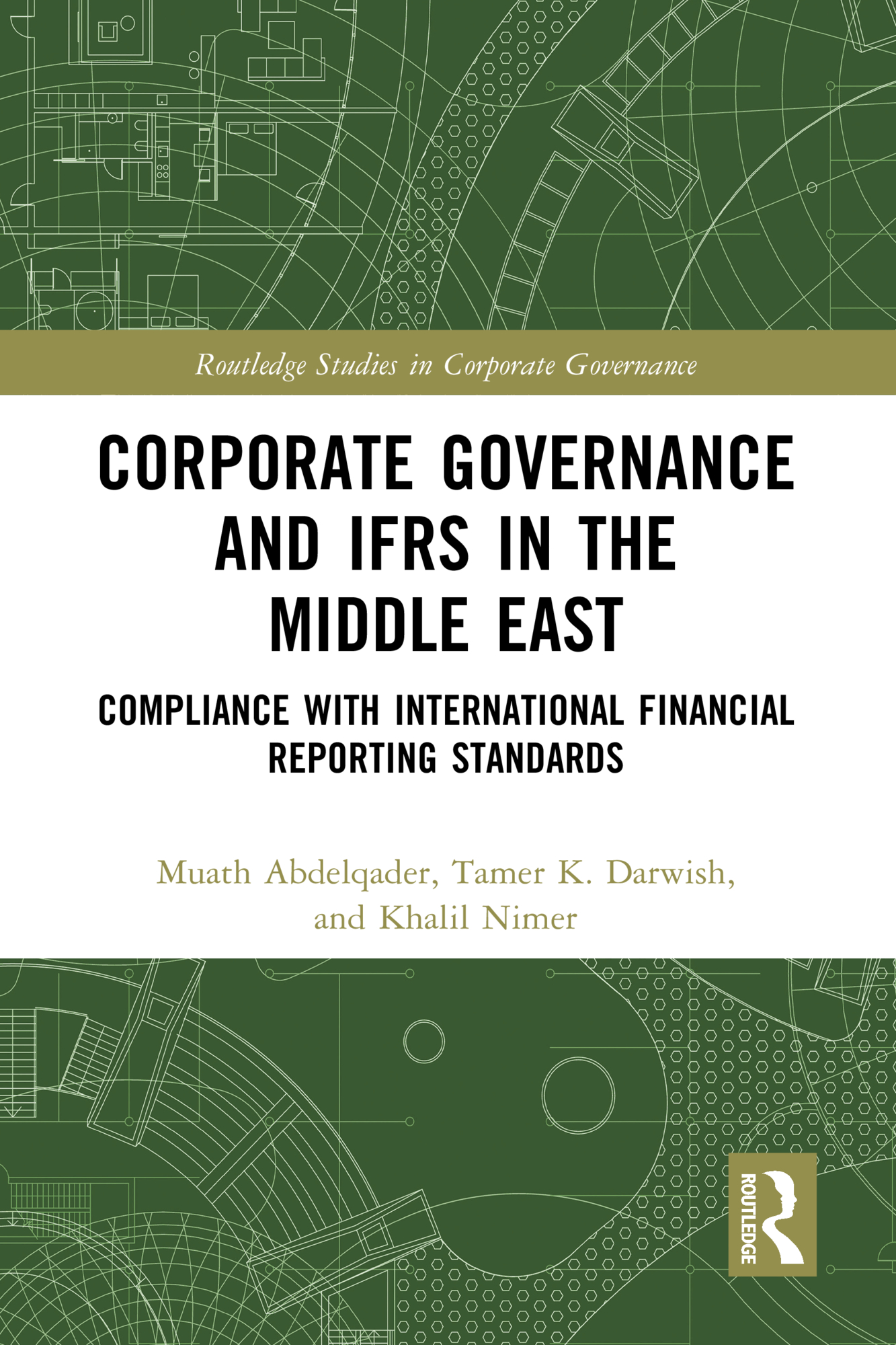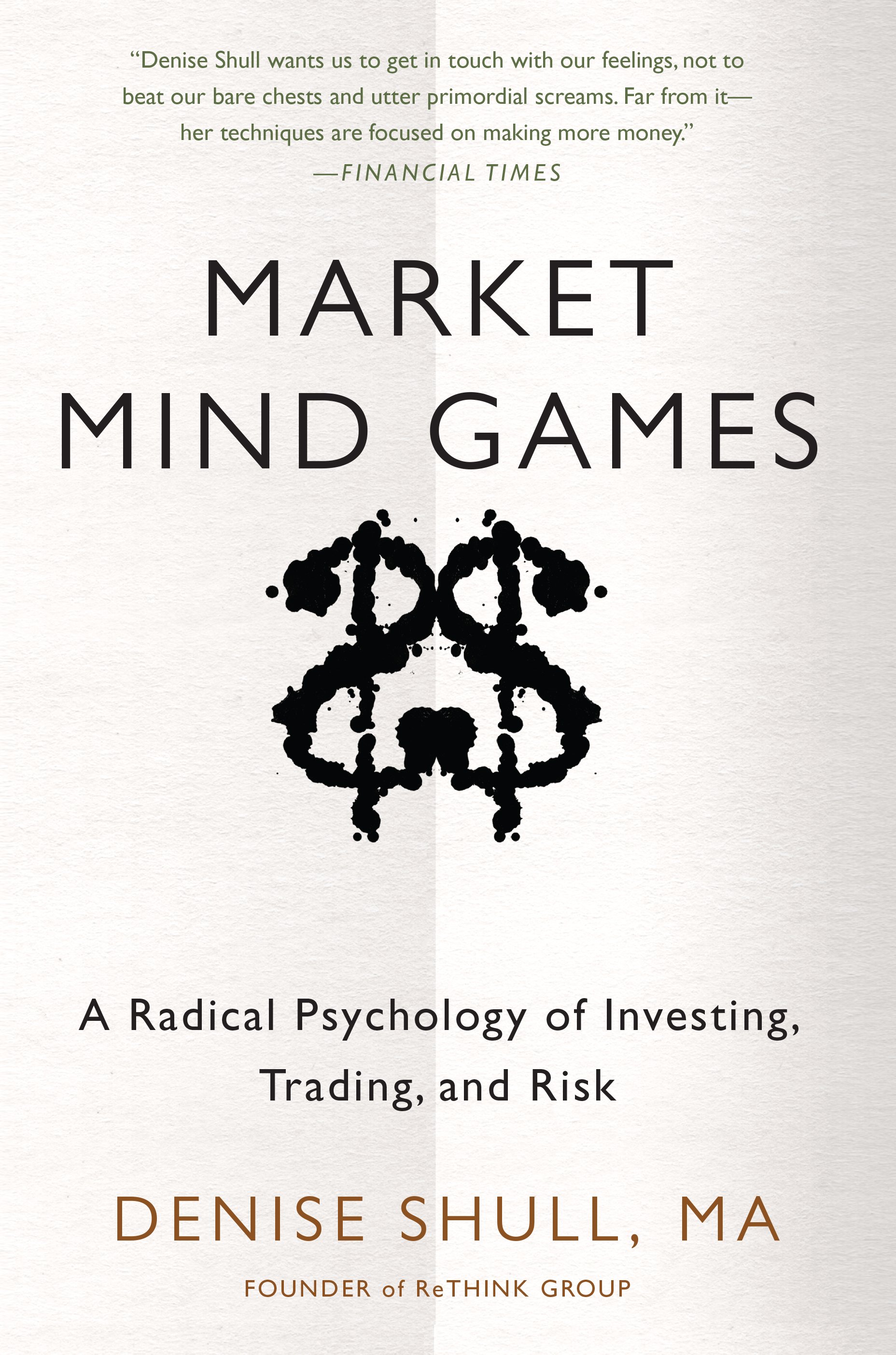Looking back in history, we conceive the twentieth century as the century of wars. Most Hkely, we will conceive the twenty-first century as the century of (natural) catastrophes. Wars can be avoided (unfortunately, it did not happen often in history), in contrast, most natural disasters are outside human influence. However, the consequences of disasters can be alleviated by means of risk management. For an effective risk management, information is needed about (i) the size of the risk (measured by the frequency and intensity of the hazard), and (ii) the degree of vulnerability of the economy and society. Stefan Hochr- ner’s thesis deals with measuring and modehng of both. While the physical risk modeUng is a well developed area within statistical modeling (frequency analysis, point processes, extreme value theory, etc. ), estimating the economic consequences is a more challenging task. The author studies economic effects of catastrophes by statistical analysis of mac- economic data. One interesting finding is that disasters can decrease the absolute level of economic performance, such as the GDP, while keeping growth levels nearly the same (at least after some years) as in the pre-disaster years. The boom of new products in the financial markets, especially of new derivative instruÂ- ments, has led to new risk hedging instruments such as catastrophe bonds. CAT-bonds transfer the risk to the market of investors.












